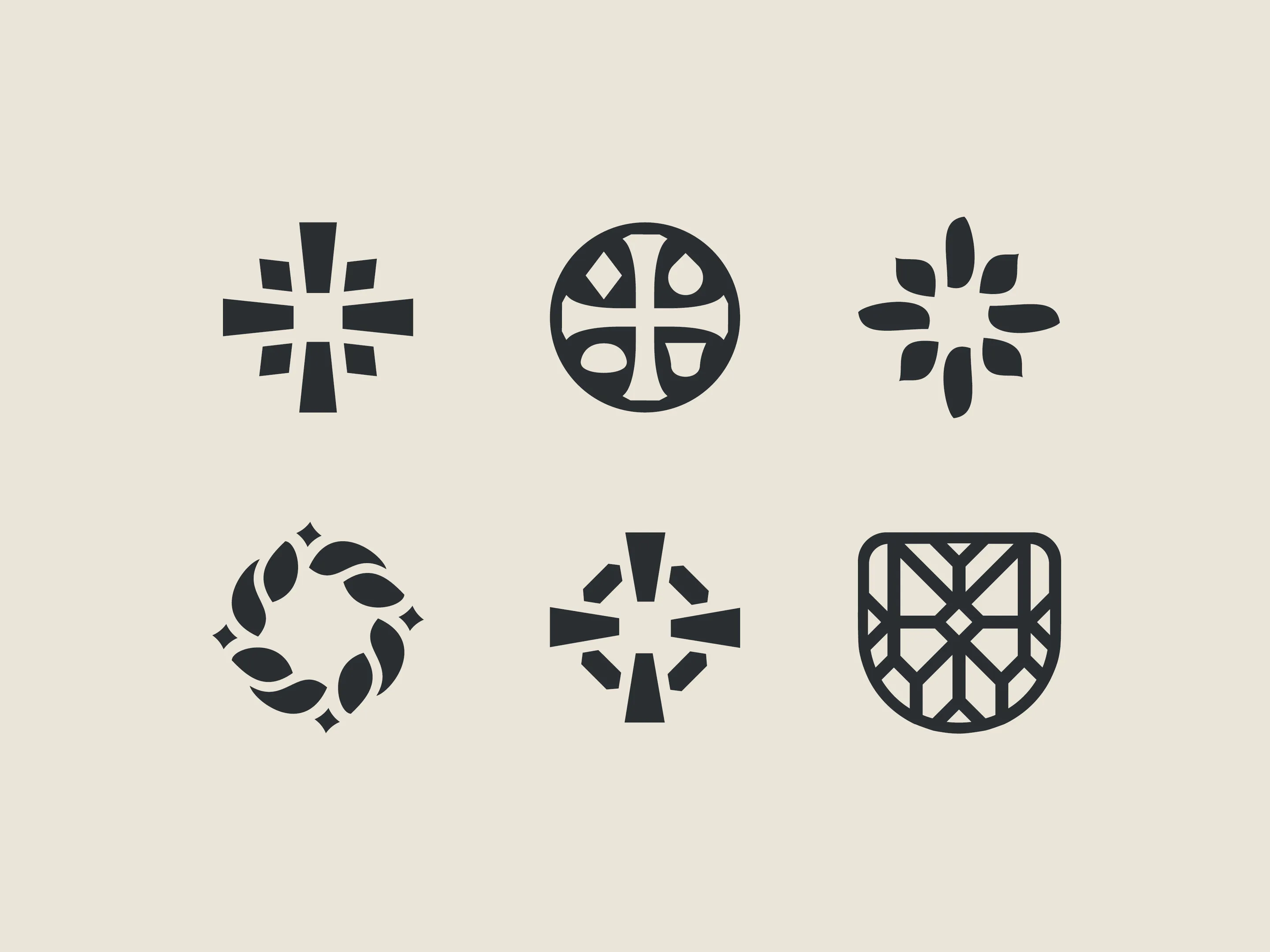Why three logo options?


In the realm of logo design, particularly for reformed churches, the process of choosing the right emblem is more than an aesthetic decision — it's a reflection of the church's identity, values, and mission.
At Restore, I have honed a specific approach in my design process: presenting three logo options during the initial review phase. This approach isn't arbitrary — it's actually rooted in the psychology of choice. In this blog post, I'll explore the rationale behind my three-option strategy and how it helps my clients move forward in the rebrand process with confidence.
One of the key principles guiding this approach is the "Paradox of Choice," a concept popularized by psychologist Barry Schwartz. The paradox suggests that while having some choice is better than none, too many options can lead to anxiety, indecision, and dissatisfaction. When faced with an overwhelming number of choices, individuals may experience decision paralysis, where the sheer volume of options makes it difficult to choose at all.

In the context of designing a brand identity, this paradox is particularly relevant. Churches often have diverse committees or boards involved in decision-making, each member bringing their unique perspectives and preferences. Presenting too many logo options can lead to endless debates and a lack of consensus, ultimately delaying the rebranding process and causing frustration.
By limiting the initial presentation to three options, I provide a manageable range of choices that encourages thoughtful consideration without overwhelming the decision-makers. This focused approach helps streamline discussions and fosters a sense of clarity and purpose.
Another critical factor in my three-option strategy is the concept of cognitive load. Cognitive load refers to the amount of mental effort required to process information and make decisions. When individuals are presented with too much information or too many choices, their cognitive load increases, leading to fatigue and reduced decision quality.
In logo design, the visual and conceptual elements of each option require careful evaluation. Church leaders must consider how each logo aligns with their mission, values, and community identity. By presenting three distinct options, I help manage cognitive load, allowing decision-makers to engage deeply with each design without feeling overwhelmed.
This approach also facilitates meaningful discussions. With three options, church leaders can compare and contrast the designs, articulate their preferences, and provide focused feedback. This constructive dialogue is crucial for refining the logos and ensuring the final design truly resonates with the church community.

A significant aspect of my three-option methodology is the inclusion of at least one option that my clients can comfortably reject. This principle stems from the psychology of choice, where the act of rejecting an option can be as empowering as selecting one.
When presented with only one or two options, clients may feel pressured to choose from a limited set, even if neither option fully meets their needs. This can lead to a sense of compromise and dissatisfaction. Conversely, with three options, my clients are more likely to find at least one design to which they can give a hard "no", without giving a hard "yes" to the alternative.
This empowerment through rejection is a subtle yet powerful tool. It ensures that the remaining choices are genuinely considered and appreciated, fostering a sense of ownership and satisfaction with the final decision.
Creativity thrives within constraints. By presenting three logo options, I strike a balance between providing enough variety to inspire creative thinking and maintaining a structured framework that guides decision-making. Each logo option is crafted to reflect different facets of the church's identity, offering a diverse yet cohesive set of choices.
This structured creativity ensures that all options are thoughtfully designed and aligned with the church's mission. It also allows me to explore different visual styles, color schemes, and typographic treatments without overwhelming the client. The result is a set of logos that are distinct yet unified in their purpose, making it easier for church leaders to envision how each design could represent their community.
Presenting three logo options also enhances the feedback and iteration process. With a focused set of choices, clients can provide specific, actionable feedback that informs the next phase of design. This iterative approach is essential for refining the logos and ensuring the final design is both aesthetically pleasing and meaningful.
During the initial review phase, I encourage clients to discuss their preferences and articulate what resonates with them in each design. This feedback is invaluable, allowing me to refine the logos based on the church's vision and values. By iterating on a select few options, I can delve deeper into the nuances of each design, ensuring that the final logo is a true reflection of the church's identity.
In conclusion, my approach of presenting three logo options during the initial review phase is grounded in the psychology of choice and the principles of effective decision-making. By balancing the paradox of choice, managing cognitive load, empowering rejection, and fostering structured creativity, I create a process that is both thoughtful and efficient.
For reformed churches embarking on a rebranding journey, this methodology ensures that the decision-making process is clear, empowering, and ultimately satisfying. The result is a logo that not only visually represents the church but also resonates deeply with its mission and community, embodying the values and aspirations of the congregation.
I've created a free assessment that allows you to get personalized recommendations for if, when, and how to rebrand your church.
Get results within minutes!